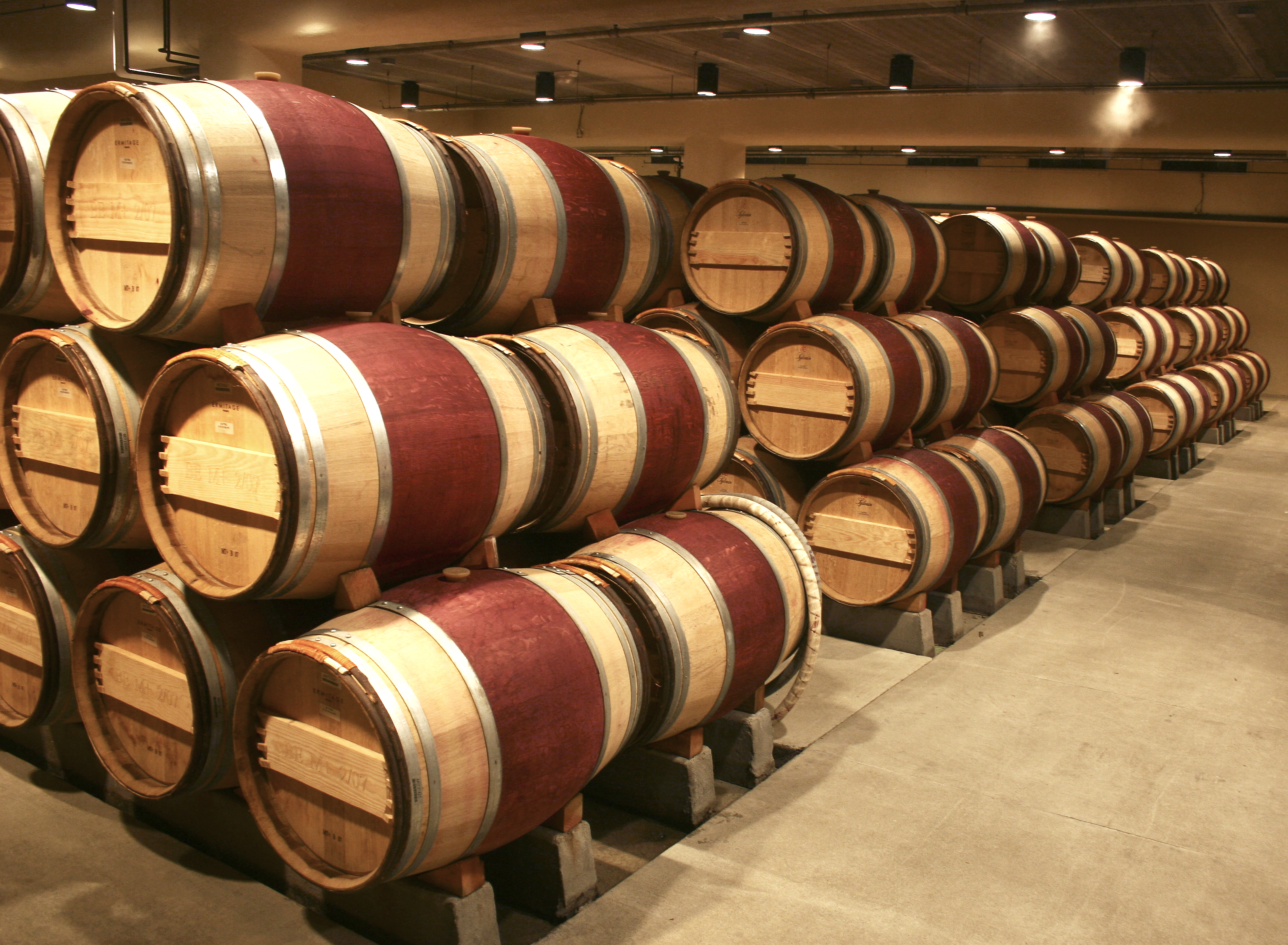Unoaked v. Oak Wine, Which do You Prefer?
03.07.11
 When winemakers are preparing wines they have a choice between either to “oak” or to “unoak” their wines. We took some time for everyone to recognize the difference between the two options to better understand the difference between many of our Messina Hof wines.
When winemakers are preparing wines they have a choice between either to “oak” or to “unoak” their wines. We took some time for everyone to recognize the difference between the two options to better understand the difference between many of our Messina Hof wines.
An oaked wine has been used for centuries in wine fermentation and barrel aging, this process is known to be utilized as seasoning to add flavor and palate appeal to wines. There are many oaked red wines produced but some of the popular ones consist of Pinot Noir, Cabernet Sauvignon, and Merlot. While those white wines perceptive to the oak are Pinot Grigio, Chardonnay, and Sauvignon Blanc. Adding oak to a wine provides adds aromatic, rich impressions while also bringing in complexity to the wine. Also when smelled it accentuates aromas of spices. Clove, cinnamon, nutmeg, vanilla are all common aromas from the wines time spent oak. On the palate, oak’s influence turns towards the rich flavors of caramel, coconut, vanilla, cinnamon, clove, smoke, tea, mocha, toffee and butter.
When the wine is placed in it barrels, the porous oak causes some of the wine to evaporate bringing out the aroma and flavor for those oaked wines.
On the contrary some prefer to really enjoy the natural flavors of the grapes, this is what caused the decision to make unoaked wines. Unoaked wines are used in stainless steel vessels differing from that of the original wooden barrels used. This process accentuates the natural fruity, light flavor of wines and the soil in which they grow. The most common of unoaked wines is Chardonnay, it is more easily matched with foods than traditional oaked wines. Also as unoaked wines are able to be released earlier than oaked wines while also providing a longer shelf life.
So when you are trying to decide on whether to enjoy an oak or unoaked wine remember, oak is heavier and richer in flavor and aroma and unoaked will provide a crisp, lighter flavor.

